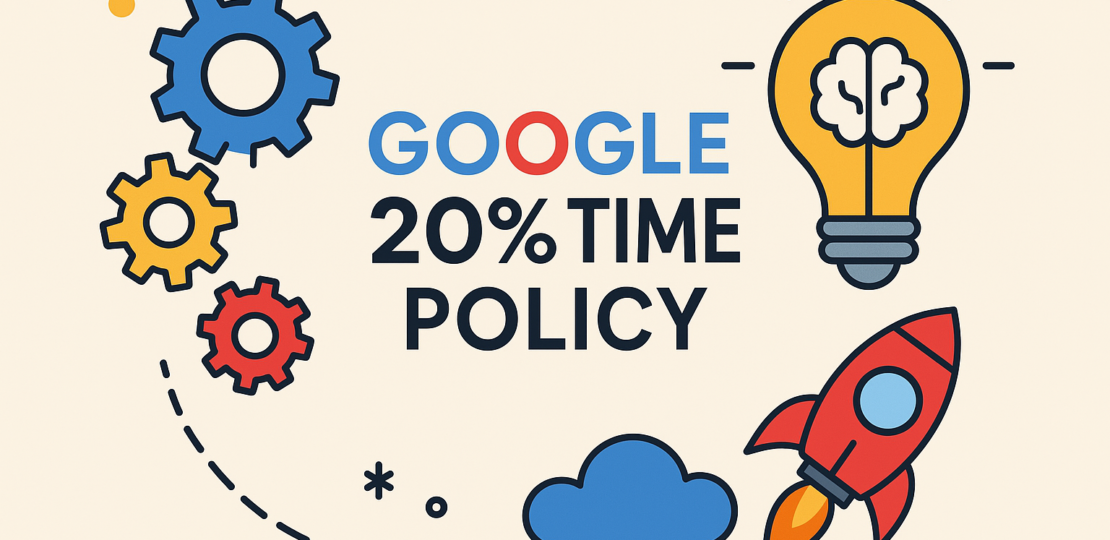
What if you could spend part of your workweek doing something that wasn’t assigned to you — but that you believe in? That’s the idea behind Google’s famous “20% Time” policy. It encouraged employees to spend one day a week (or 20% of their time) working on passion projects unrelated to their regular duties. While not strictly enforced across the whole company, this principle sparked some of Google’s biggest products, including Gmail, Google Maps, AdSense, and Google News.
The idea wasn’t originally Google’s. It was inspired by 3M, the company behind Post-it Notes, which offered employees time for side projects in the 1940s. But Google made it popular in the tech world. The idea was simple: innovation doesn’t always come from top-down assignments. Sometimes, the best ideas happen when smart people are left alone with curiosity, time, and trust.
“20% Time” became symbolic of Google’s culture of creativity and autonomy. It sent a powerful message: “We hired you for your ideas — not just to follow orders.” This empowered engineers and designers to pursue wild ideas, many of which turned into core products millions of people use daily. Even if an idea didn’t pan out, it often sparked new thinking or inspired others to build on it.
Although the formal version of 20% Time has faded at Google, the principle still influences startups, schools, and workplaces worldwide. It’s a reminder that when employees are trusted with time to explore, they don’t just slack off — they invent the future.
RELATED POSTS
View all

